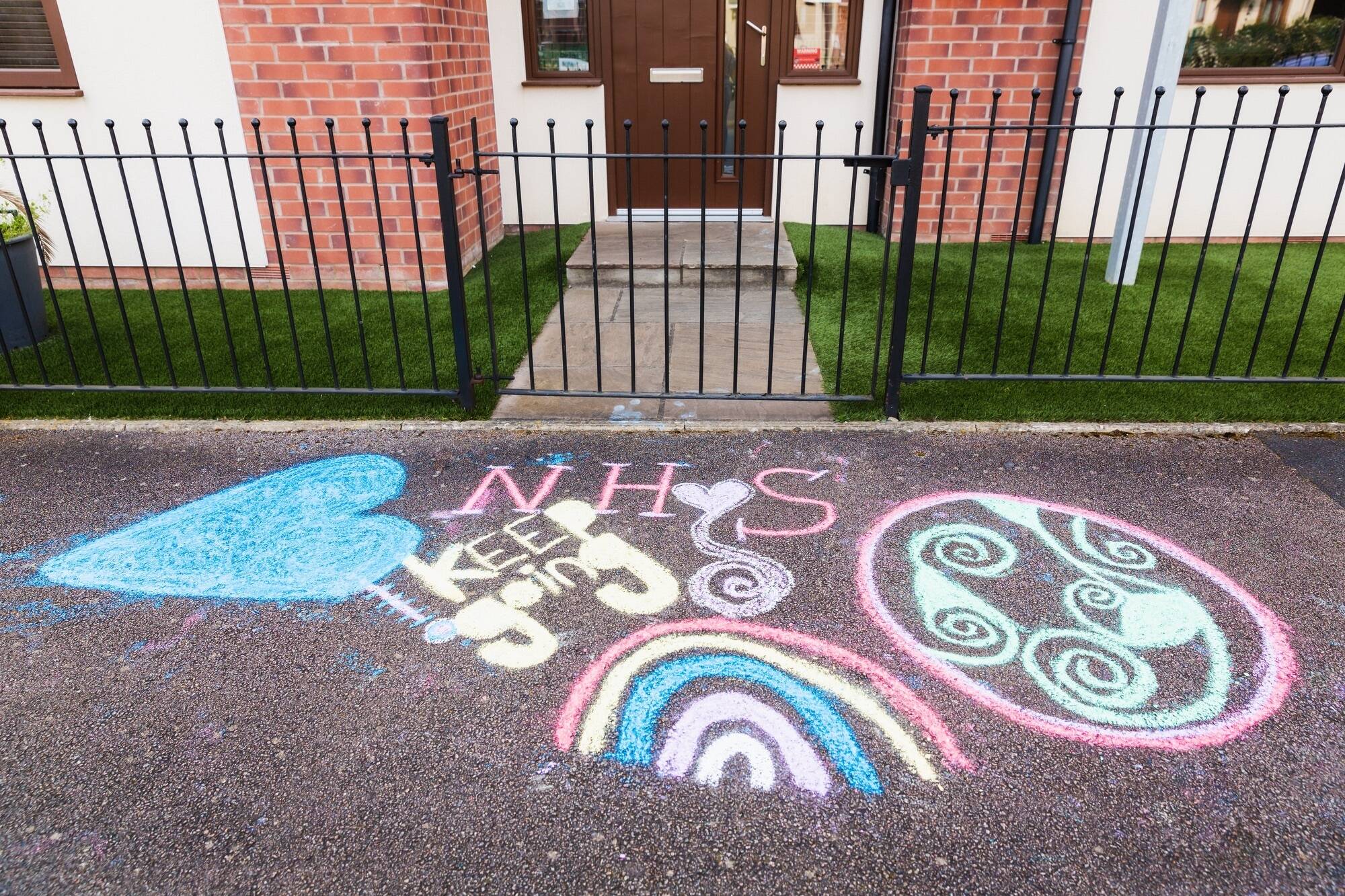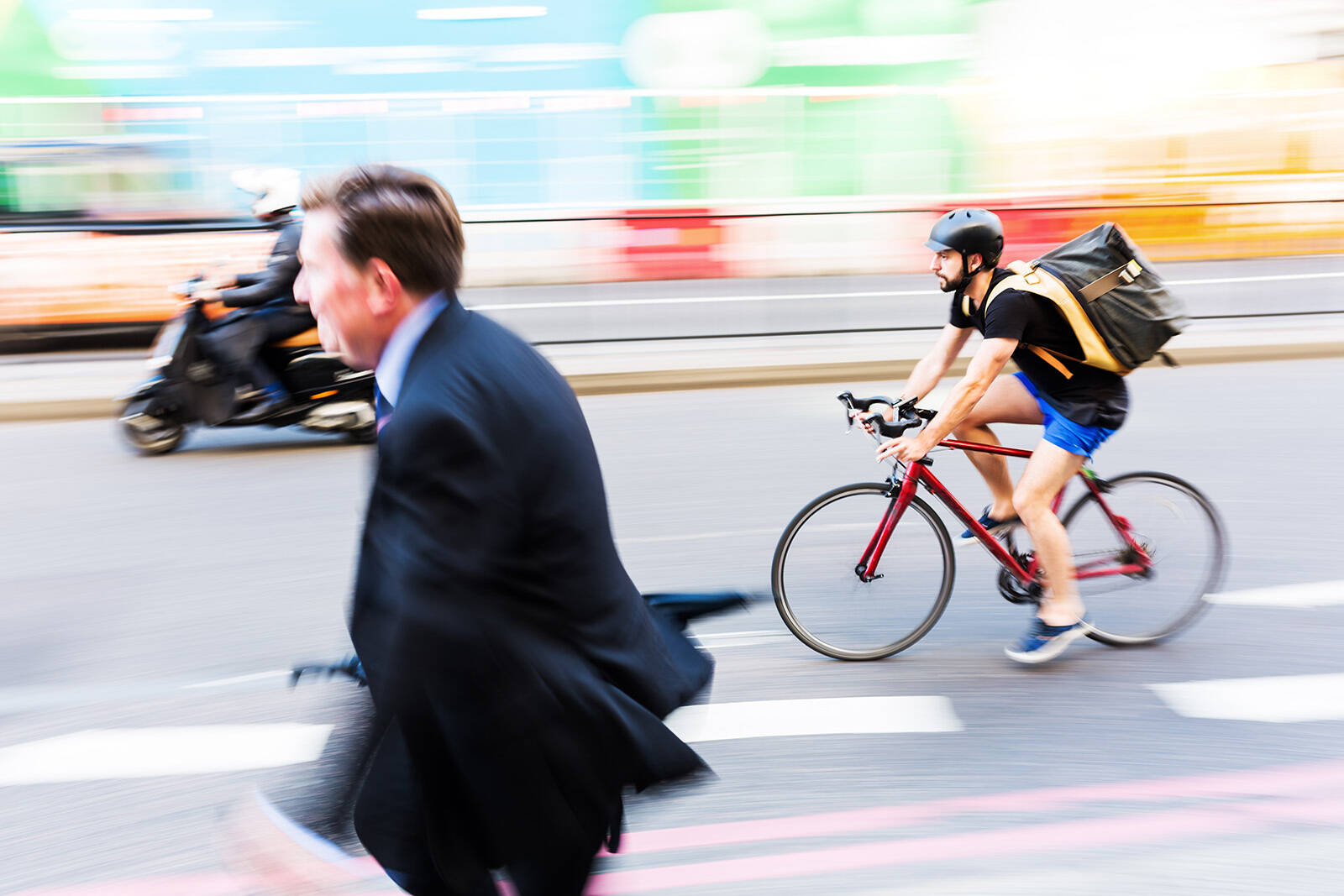The impact of Covid-19 and Brexit means that we’re all reassessing our lives. Everything from the way we work and the way we shop, to the impact on our environment, our freedoms and our lives’ priorities. Society is changing, we’re changing too.

When I think about these changes, I am taken aback by how many of them relate to the physical world and in particular geospatial data. Data from a variety of independent sources is being used to try and make the right decisions. Linking different datasets can be tough, as they’re all built for different purposes, but there is an opportunity here to help bring it all together.
Who’s coordinating all of this? Well, the initiatives are coming from different industry sectors, being governed by different government departments, and progressed by a mix of private, public and the third sector. Nobody seems to have an overarching broad view. But what I’ve noticed is that local councils are involved at numerous stages, and they play the most vital part in balancing all of these evolving projects.
After analysing many different project briefs, I realised that a considerable number of them affect our streets, in both:
- how our roads and highways are being used
- the increased importance of infrastructure in the highways.
Let’s go back to basics. What are ‘streets’?
Sounds easy, doesn’t it. “Something you drive on” seems to be the most common answer. But hang on, we now cycle and walk more than ever before, and although it has always been the case, the shift toward leisure use has grown enormously. Government is actively promoting health-oriented types of transport. By 2025, it has an ambition to see every person in the UK making at least 300 stages of their journeys by walking each year, and a total of 1.6 billion stages being made on bicycles, across the whole of the population.
In general, the pandemic forced a significant drop in use of our road network – 24.7% down compared to the previous year – but light vehicles, such as vans, contributed to 18% of traffic in 2020, compared to 16% in 2019 and only 10% in 1994. This points to an increasing reliance on home deliveries and ‘last mile services’, with online retail accounting for 35.2% of sales compared to 19.5% in 2020.
Back to those cars: Where we store cars has become extremely important all of a sudden. It used to be easy when everyone had garages and driveways, but on-road parking is much more common-place now and, with the influx of electric vehicles, we know we’re needing to have a major rethink on physical, road infrastructure.
The nation’s focus is on the transition to cleaner energy, so naturally there has been significant momentum in the growth of electric vehicles over the last few years; 50% of all new cars being sold are expected to be electric by 2030, with 100% due to be electric by 2050. Almost every car and van on the road is projected to be creating zero emissions by that point, and this means the nation needs to move from the current 23,000 charging points to over 2.3 million by 2030, with 1.9 million of those on the street. At this level we need to be completing 700 installations a day. Currently – we’re only achieving 42!
We also used to ‘drive’ our cars! Remember how we looked at a paper map to see where we were going, started driving and drove to the speed limit on the sign, saw a braking car or a cat jump out and slowed down, and then at a red traffic light we stopped? Admittedly, we have been helped with routing for a few years now, but our cars are starting to tell us when we need to do things – and what’s more, they’ve started doing things for us, too. They can ‘see’ the speed signs, the cars and objects around us, the road markings, and even the weather. Connected and Automated vehicles (CAVs) are here and are becoming more and more advanced. Our streets need to ‘keep up’, that’s for certain.
Streets have always had another major use in the UK: They carry almost all of our infrastructure and utilities. Gas, electric, water, and telecoms. All of those utility networks are suffering now, due to their aging assets, some dating back to Victorian times, and that has meant a lot of repairs. Each round of repairs affects the use of the network.
Over the past 20 years, for example, our telecoms sector has been going through a dramatic change and with the increase in working-from-home in the past year, the pressure has really been on. Aspirations are that everyone in the UK will have access to gigabyte broadband by 2033, 85% of the population by 2025 and 100% by 2033. Alongside this work, the 5G rollout is also moving forward quickly, in part by using street assets, such as lamp posts, as relay points. Much of the work in both cases relates to the physical location of the street and to the valuable assets on that street.
All of these changes are happening alongside an increased demand to improve our environment and quality of life, and to reduce pollution. The proliferation of district heating schemes is also helping to meet the UK’s emissions’ pledges. By 2050, 18% of our homes’ heating will need to be provided by heat networks – that in itself will put extra strain on local authorities, and the service providers who’ll maintain them.
A better understanding of our energy network is being developed by various groups such as The Energy Data Taskforce, the Energy Networks Association who are working on the National Energy System Map, and the Geospatial Commission with its National Underground Asset Register (NUAR). Much of these networks relates to the highways and the USRN (Unique Street Reference Number) will be the key to facilitate accurate asset mapping, across them all.
Emissions are exacerbated by congestion and so minimising this is crucial, but attempts to reduce light pollution, reduce noise, and minimise street clutter are also trying to make our environment more pleasant and harmonious place to live.
With all of these factors in mind, GeoPlace’s data – and the contributing work of local authorities – will have an impact on:
- Installation and improving assets
- Coordinating streetworks on the network
- Understanding the change in use of the network – its design and maintenance
- Monitoring the changes and impact of those different users on the network
- Ensuring interoperability among as many stakeholders as possible.
The appetite for clean, accurate, granular data is growing. With the publication of the National Data Strategy, the focus is rightly on format; interoperability; currency; accessibility and accuracy. But we also know the value of continuously improving quality and reliability, and on the collection (and use) of better metadata and associated data.
For GeoPlace, this means a strong emphasis on working with partners to build frameworks that align with the gazetteers, getting local authorities involved in the solutions, and ensuring both the UPRN (Unique Property Reference Number) and the USRN are adopted as widely as possible. The GDS mandate helps to some extent stating that all “Systems, services and applications that store or publish data sets containing property and street information must use the UPRN and USRN identifiers.
A couple of weeks ago the Geospatial Commission released their policy paper on Positioning the UK in the fast lane – Location data Opportunities for better UK transport which picks up on many of these themes and in fact mentions the National Street Gazetteer (NSG). We’ve now got to make sure these solutions can use our data, but equally as important to delivering a successful and sustainable solution is the need for local authorities to be considered and involved as early as possible.
Finally, we are thinking about costs and efficiencies. Over the last 18 months the impact on finances has been immense, and with all these changes on the horizon, we clearly need to plan and predict more accurately, do more and do it better, and do it all with less money.
The good news is, we’re well-prepared and ready to take up this challenge – even if it feels like the perfect storm!
If you’d like to know more about how location identifiers such as the USRN/UPRN can help then please contact me or email [email protected].




